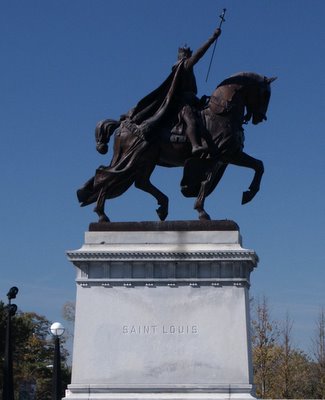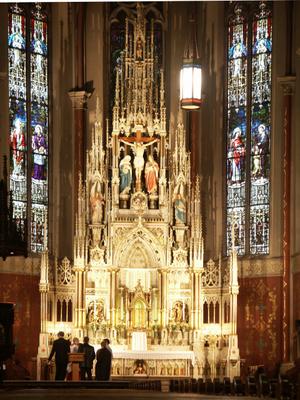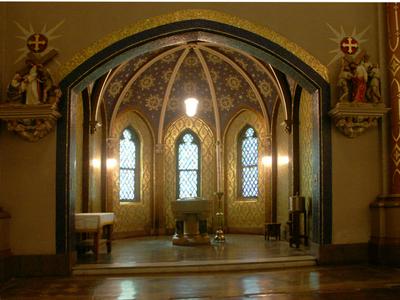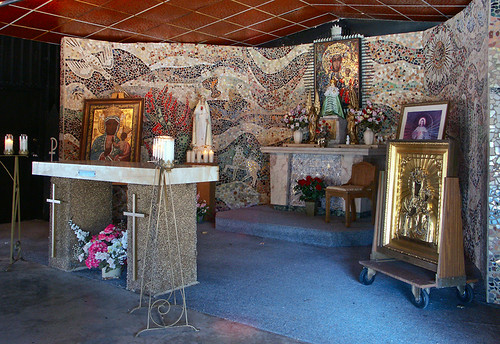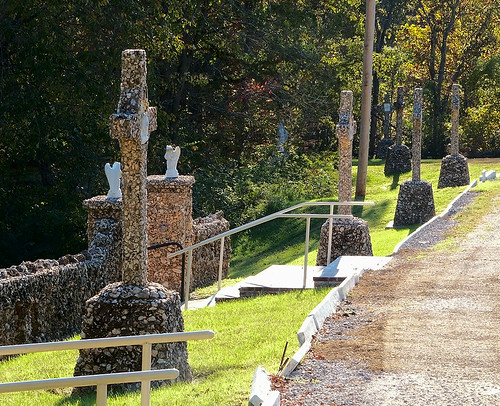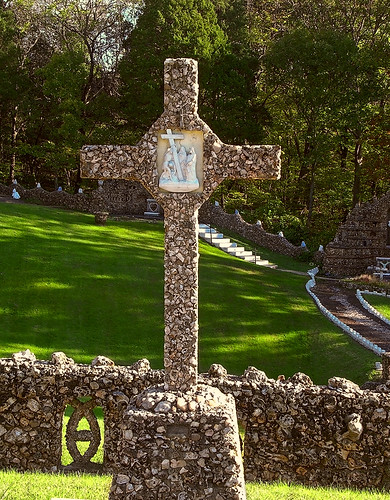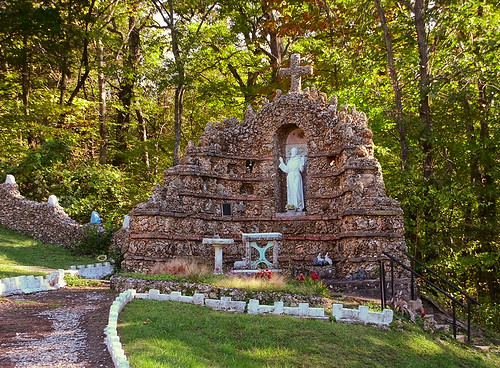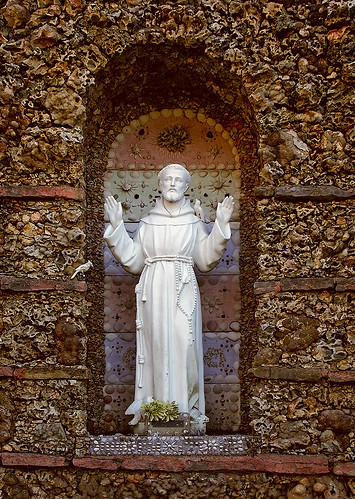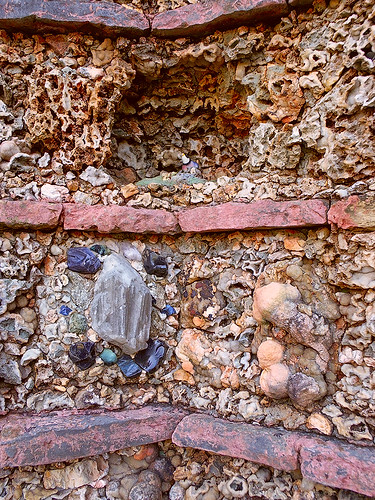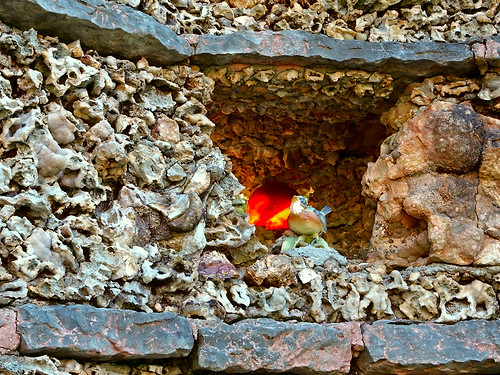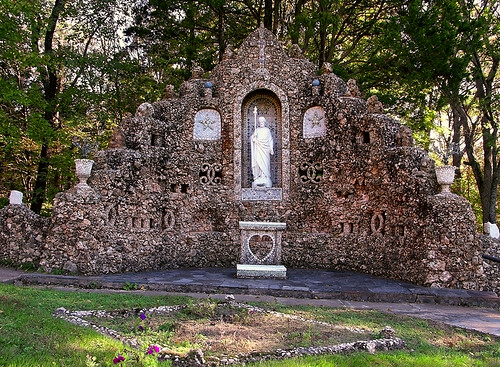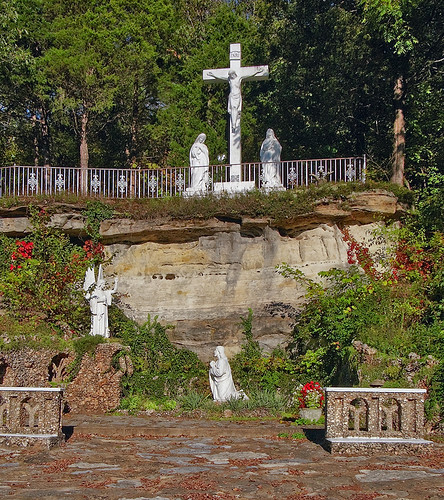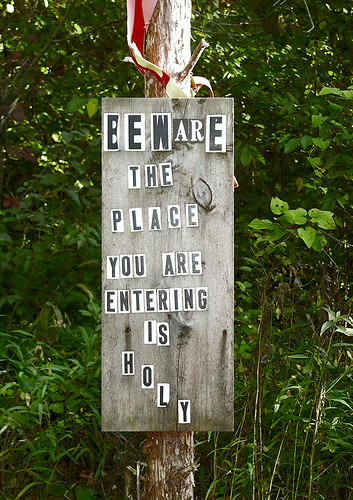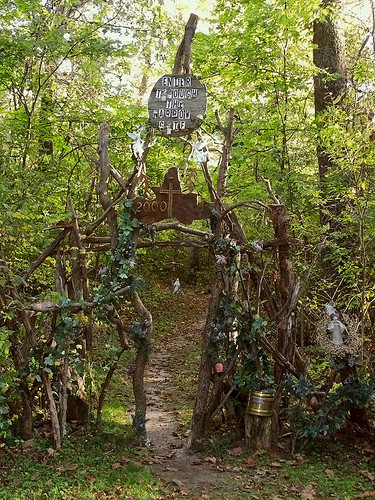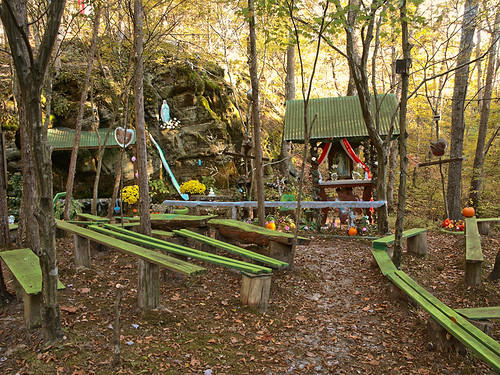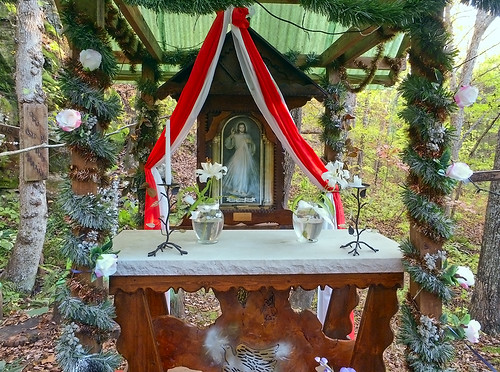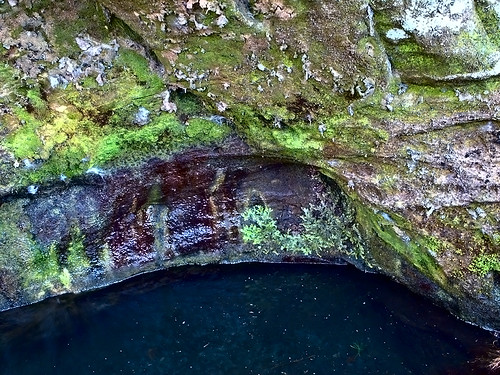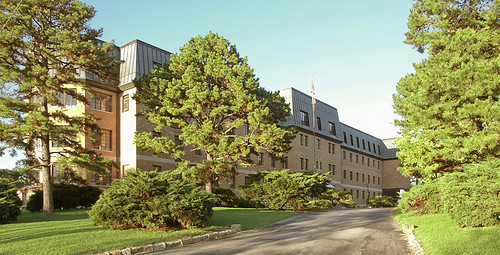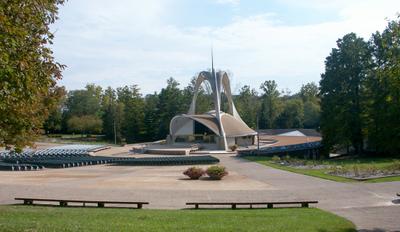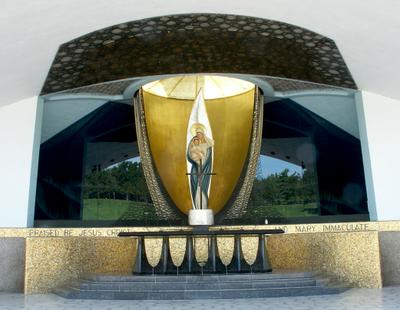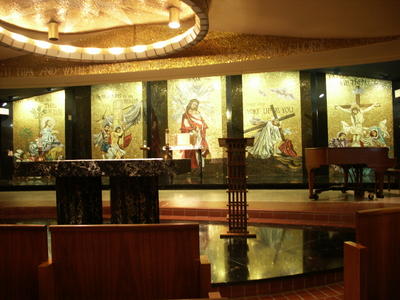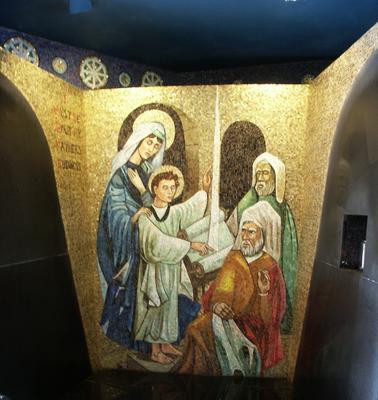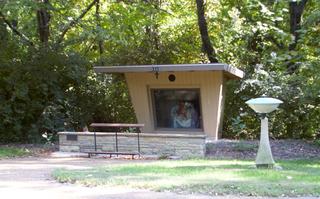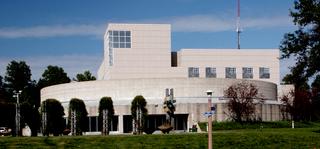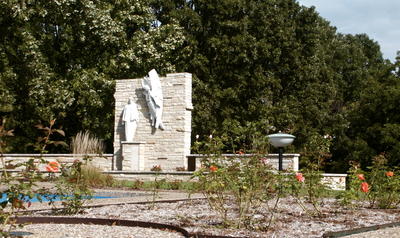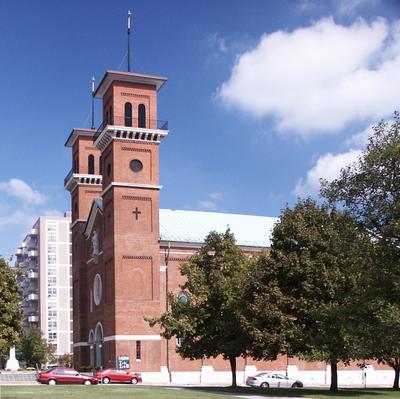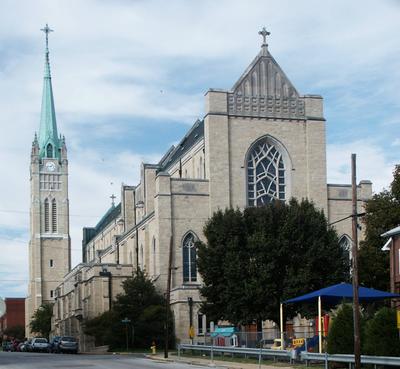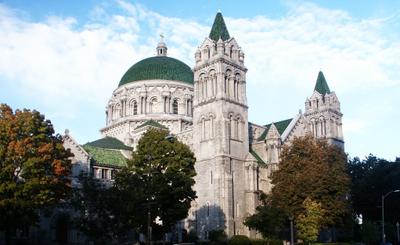Forbes magazine has a
list of the top ten Hollywood film directors.
Included on the list are several lapsed Catholics; a director who filmed the greatest of Catholic fantasy novels; and a director of a film series where the good guys belong to a military order of a dogmatic religion that has a celibate male priesthood with a strict moral code.
Hollywood's all-time greatest or most notable recent film directors have been overwhelmingly Catholic—lapsed, cultural, or practicing: Robert Altman, Frank Capra, Francis Ford Coppolla, Cameron Crowe, Robert De Niro, Brian De Palma, Federico Fellini, John Ford, Jodie Foster, Alfred Hitchcock, Mel Gibson, Werner Herzog, Louis Malle, Garry Marshall, Michael Moore, Sean Penn, Robert Rodriguez, Ken Russell, Martin Scorcese, and Martin Sheen. The main exceptions to the list of greatest American film directors come typically from an Orthodox Jewish tradition, plus some Orthodox and Anglican Christians; these share much or most of the Catholic world view. Catholics are surprisingly overrepresented relative to total population in the upper reaches of the American film industry. The very greatest films, either left-wing or conservative, were usually the products of Catholic vision. Of course Hollywood is usually virulently anti-Christian, but the worst offending films are not great films.
Europe's film industry is quite different because much of their output comes from state-sponsored studios, which emphasize an "art for art's sake" viewpoint, and has a strong political control from the Social Democratic parties. Catholics, even merely lapsed, are not welcome in European studios. As a result, Continental European films tend to be 'artsy' or dull and have very little popular appeal. In contrast, in the old Soviet Union, some of the greatest directors were practicing Orthodox Christians, who had to fight with the party
apparatchik to get their films made.
Why are the best American films so Catholic?
EMPHASIS ON TRUTH: Film is a mass medium. It must have great popular appeal, or it will die. If a film lacks realism, if it is not true on some level, it will fail, because audiences reject falsehood, their "suspension of disbelief" has its limits. Political propaganda, as seen in contemporary European films or 1950s "B-grade" patriotic fluff, is usually rejected, due to this lack of realism; the same goes for many 'art' films that are 'creative' and not meaningful. We want to be entertained, but not lied to, nor do we want to be barraged with meaninglessness. Catholics place a great emphasis on reason to find truth, because they live in a world of disbelievers, who will not listen to Bible quotes. Some religions deny reason, and so therefore deny much truth: Islam declined after Averroës, and Christianity declined after the Reformation. Catholics believe that faith and reason cannot contradict; a 'difficult' fact should not be ignored, but should instead be understood fully. To the Catholic mind for example, the theory of Evolution cannot be simply rejected (like the Fundamentalists often do) but must be understood properly and modified accordingly. Also, they believe in intellectually honesty, like Socrates arguing with the Sophists, as a matter of moral imperative. Atheists can and do make good films, but these are primarily documentaries, which conform strictly to the material world, and tend to ignore the inner landscape of our souls, reducing it to mere sets of opinion, psychology, and political correctness. So these films are incomplete.
GOOD ART. Practicing Protestants of any denomination are rare in Hollywood, with the exception of some Anglicans, who may consider themselves to be Anglo-Catholic. This may be due to plain discrimination, but the arts
are rare among most denominations. Baptists have one work of fine art in their canon, Bunyan's
Pilgrim's Progress: and that's it. Perhaps this is due to the circumstances of the Reformation itself: the Catholic Church became secularized during the so-called Renaissance, and pagan art became common in churches, which led to the iconoclasm of the Reformation. I suspect that many Reformation-era denominations are quite suspicious of art; and anyway, their religions tend to be quite spiritual, sometimes even becoming somewhat Manichean, considering the world of matter to be almost
evil. Most Protestant churches are plain and unadorned, and sometimes emphasize ephemeral popular art styles in music and performance; this is not a good environment for the upbringing of a director who will make excellent films. Perhaps they reject the whole film industry, but this just proves the proposition that they see the material world as bad. A film can be simple, but not plain. If it is to be great, it should be sumptuous and filled with all forms of high art, like a good traditional Catholic church.
HIERARCHY OF VALUE. To Catholics, the world was created by the perfect God and is
very good, but fallen, due to the fallen human nature. The world, and all in it, has an innate dignity and value, sanctified by the Incarnation. Since Christ is God and He became man, matter itself can become sacred. That some places and things in the world can be more sacred than others can lead to hierarchy of material value in a Catholic film, avoiding the bland uniformity of a Liberal Christian or pantheist who sees all things as equally sacred, or to a Monist—atheist or religious—who sees all material things as equally worthless. Catholic hierarchy extends to persons; some of whom have more moral responsibility than others: a ruler has far more moral responsibility than a peasant, yet ironically, has equal moral value, which is quite unlike modern theories.
MORAL COMPLEXITY. Traditional Catholic moral theology is quite complex, and is affected by each individual's circumstances and state of mind. So the calculus of Good versus Evil and Reason versus Emotion within a soul can be very involved; in film, this can lead to great character development. Catholics know that all men are morally some shade of grey, not black or white, but they are not an indifferent uniform gray as the moral relativists would have us believe. Some men are morally better than others, all men can be saved, and all men can fall. Also, Catholics know that
knowing right from wrong is easier than
doing what is right, and they know that sometimes heroic virtue is required. Catholics reject the idea of the 'Great Man' who shapes history, and instead proposes that a moral society can only happen if its individuals are moral. Typical Protestant salvation theology tends to be more black and white and thus less interesting, and more suited to 'B'-grade films. Purely irreligious films tend to merely go for graphic sex and violence or just meaningless 'art', and therefore cannot be great.
Great films are true, filled with art, display a wide range of values, and have complex characterizations. Bad films are stupid, lack art or are too 'artsy', lack meaning and value, and have weak characterization. If a film director's core philosophy, religion, or education lacks any of these main elements, then perhaps he will be ill-suited for making a great film.

